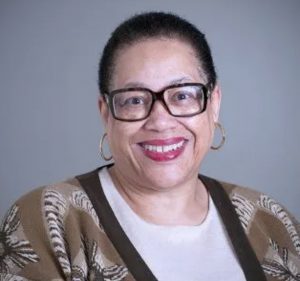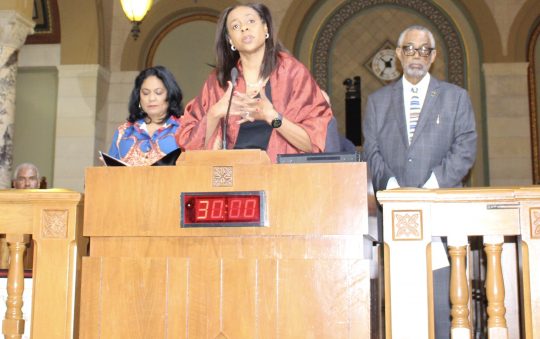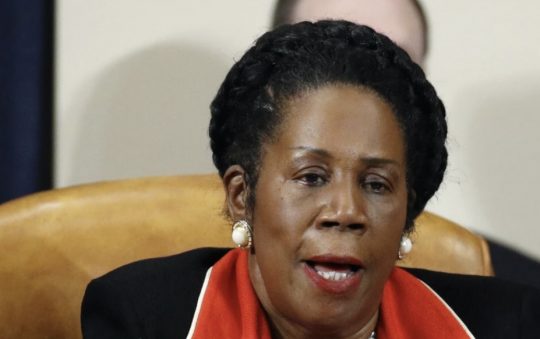
Each spring, many aspiring students and their families begin receiving college acceptance letters and offers of financial aid packages. This year’s college decisions will add yet another consideration: the effects of a 2023 Supreme Court, 6-3 ruling that ended the use of affirmative action. No longer can race be considered as one of many other factors to reach college admissions decisions.
Writing for the majority, Chief Justice John Roberts said in part, “In these cases we consider whether the admissions systems used by Harvard College and the University of North Carolina, two of the oldest institutions of higher learning in the United States, are lawful under the Equal Protection Clause of the Fourteenth Amendment. These cases involve whether a university may make admissions decisions that turn on an applicant’s race.”
“[T]he Harvard and UNC admissions programs cannot be reconciled with the guarantees of the Equal Protection Clause,” continued the Chief Justice. “Both programs lack sufficiently focused and measurable objectives warranting the use of race, unavoidably employ race in a negative manner, involve racial stereotyping, and lack meaningful end points. We have never permitted admissions programs to work in that way, and we will not do so today.”
A strongly-worded dissenting opinion by Justice Sonia Sotomayor, challenged the majority, asserting that affirmative action remains both viable and necessary.
“This limited use of race has helped equalize educational opportunities for all students of every race and background and has improved racial diversity on college campuses,” wrote Justice Sotomayor. “Although progress has been slow and imperfect, race-conscious college admissions policies have advanced the Constitution’s guarantee of equality and have promoted Brown’s vision of a Nation with more inclusive schools.”
“The Court subverts the constitutional guarantee of equal protection by further entrenching racial inequality in education, the very foundation of our democratic government and pluralistic society. Because the Court’s opinion is not grounded in law or fact and contravenes the vision of equality embodied in the Fourteenth Amendment, I dissent,” concluded Sotomayor.
In the aftermath of this consequential decision, as many as 30 states have now either filed or enacted new laws against teaching Black history or ‘other divisive concepts’, as well as defunding or outright ending diversity, equity and inclusion initiative. Counted among these states are Alabama, Florida, and Texas where multi-million Black residents are directly affected.
While many might presume widespread unity in Black America over the Supreme Court ruling, a survey analysis by Gallup’s Center on Black Voices published earlier this year shows a distinct and disturbing generational divide on affirmative action. Survey respondents were asked about the effect the affirmative decision may have in four specific areas:
1. Higher education in general;
2. Educational opportunities for Blacks;
3. The ability of people of one’s own race/ethnicity to attend college; and
4. Diversity of college campuses.
Numerically, 56 percent of Black adults aged 40 and older mostly view the decision negatively. But among younger Black adults, aged 18 to 39, the affirmative action reversal is viewed positively by 62 percent. Moreover, many younger Blacks anticipated the decision will have no impact at all on their educations and futures.
Another new and related survey reflects a growing political divide.
Jointly released by the Associated Press and the University of Chicago’s National Opinion Research Center (NORC), the survey asked the question, “Do you think each of the following is doing a good job or a bad job or neither upholding democratic values in the United States?”
Respondents were asked to share their views on government – including the Supreme Court, as well as Congress, and presidential candidates. Overall, 45 percent said the nation’s highest court was doing a poor job. But when responses were screened by party affiliation, 68 percent of Democrats said the court was doing a poor job, compared to 21 percent of Republicans agreeing.
A coalition of 12 national civil rights advocates including the National Urban League, National Action Network, NAACP, National Coalition on Black Civic Participation, Lawyers’ Committee for Civil Rights Under Law, NAACP Legal Defense and Educational Fund, Leadership Conference on Civil and Human Rights, and the National Council of Negro Women, also said the nation’s highest court is the problem when it comes to affirmative action, saying its decision, “serves as a distressing reminder of the uphill battle we continue to face in dismantling systemic racism and the potential implications this decision can have on diversity, equity, and inclusion efforts in the workplace.”
Whatever solution(s) are needed, one thing remains clear: America’s constitution may have promised that all are created equal; but in education, the fulfillment of that promise has yet to become real.
Charlene Crowell is a senior fellow with the Center for Responsible Lending. She can be reached at Charlene.crowell@responsiblelending.org.







